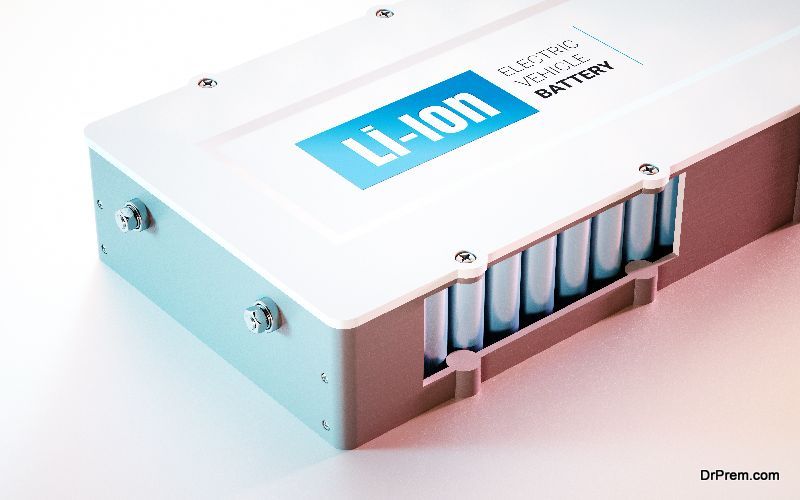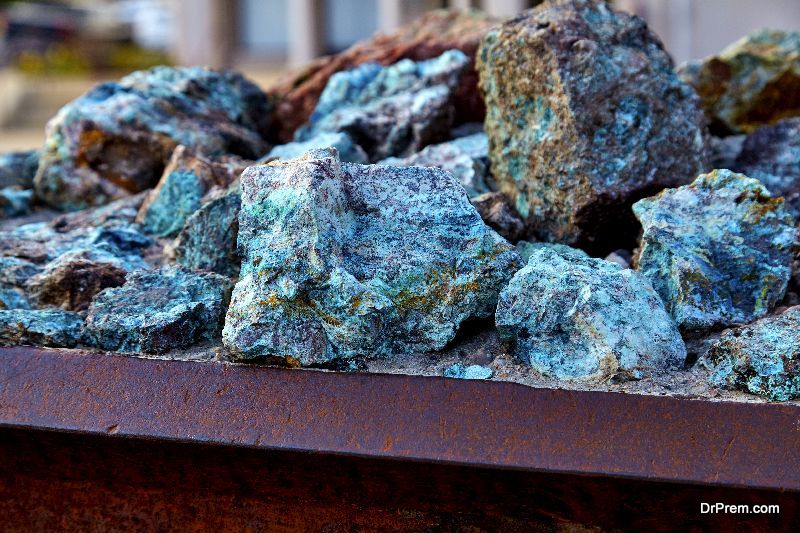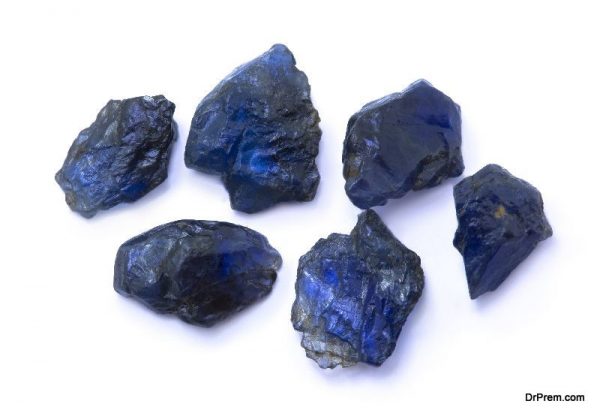The world is speeding to electric cars. By 2040, about 1/3rd of world’s automobiles are likely to be battery driven. With every automotive company trying to occupy their share in EV market, the demand for lithium-ion batteries would be soaring. Along with, the demand for cobalt in EV industry will grow fourfold by 2020 and 11 fold by 2025 according to Wood Mackenzie.
In this scenario, shortage of cobalt apprehended by scientists in the journal Joule in October’17 may pull back the electric vehicle revolution. The announcement from Tesla that it will produce a significantly smaller number of EVs due to a severe shortfall of production of 100 kWh Lithium-ion batteries perhaps signaled the impending shortfall of Cobalt.
Though Tesla denied the above cause, it is an eye-opener for the automotive giants that how things may seriously go wrong in the event of such a shortfall. The time is high to have a clear analysis beforehand prior to announcing market-stirring ambitious plans.
Cobalt production is limited:

Cobalt is a critical element used for Lithium-ion cells. The global battery industry consumes 42% of the entire cobalt produced across the world. The mineral is rarely mined solely and 97% of world’s supply is sourced from the by-product of nickel and copper mining.
Ironically, the price of two base metals Nickel and Copper has touched 6-year low making situation most unwelcome for fresh investments in mining these metals. 60% of the global cobalt resources are located in politically disturbed Democratic Republic of Congo (DRC) adding the concern as most players would be reluctant to venture in a disturbed land.
Global demand and supply:
About 58% of the world’s cobalt gets used up in various industrial and military applications. Cobalt is essential for them no doubt but constitutes a very small fraction of the costs and even if its price rises, it remains within the affordability of these industries.
But with battery industry, material cost constitutes 60% of the entire expenditure and rising cobalt prices poses a greater challenge. Recycling Lithium-ion batteries will also be of no immediate help unless there is a mass penetration of EVs in the market.
Is Cobalt so essential for batteries?

In a lithium-ion cell, the cathodes contain layers of lithium oxides combined with cobalt and other metals. It is Cobalt’s unique property that allows the cathode layers hold a lot of energy within a very small space and help in preserving the layers.
Current scenario with Lithium and Cobalt:
If the Cobalt supply is limited, the growing demand for Lithium may also be stressful for the market. From the global demand of 75,000 tons observed last year, it is likely to double by 2020. But according to a material scientist and engineer of Massachusetts Institute of Technology, Lithium would not be a limiting factor and the concern is more with Cobalt.
Even if one considers a cautious estimation of 10 million EV sales in 2025, the projected demand for cobalt would be 330,000 metric tons against the available supply of 290,000 metric tons that time. [www.scientificamerican.com]
Reliability on North US cobalt mines would not reduce the demand-supply gap significantly:

Cobalt prices have soared more than 80% than any of the battery ingredients due to severe demand-supply gap. The cobalt miners of DRC naturally are taking the upper hand in striking a deal with the car makers and no one is willing to go for a long-term agreement.
DRC fraught with political instabilities is not being favored by Tesla. Therefore, it has planned to procure cobalt from the Nevada-based giant factory in the US but this will not fulfill its ambitious plans of producing 500,000 EV by 2018.
According to the United States Geological Survey (USGS), cobalt production in 2015 in the US was only 124,000 metric tons. With Canada and the US contributing only 4% of the global demand, it is nowhere near to the requirements of Tesla or other automotive companies.
The younger mines, for example, the Idaho Cobalt project, the producer of high-grade mineral and one of the advanced mines in the region is yet to run to its full capacity. It is estimated to produce 1500 tons annually over 12.5 years making only 1% of the global cobalt production.
Development of new battery technology and less reliability on Cobalt: Newest strategy
Electric vehicles would hopefully be rolling on fantastically as the carmakers are on the lookout for new battery technology. Tesla has already started using high energy density Nickel Cobalt Aluminum (NCA) based battery requiring a lesser quantity of cobalt.
The Chinese BYD has switched over to lower density Lithium-Iron-Phosphate LEP chemistry where cobalt is not always a mandatory requirement. Toyota, Honda, and BMW are experimenting with hydrogen fuel cells that combine hydrogen and oxygen to produce energy but there are not yet enough recharging stations. Trials with nickel-rich formulations are also on. But till date, no forerunners of Lithium-ion cell can be sighted.



